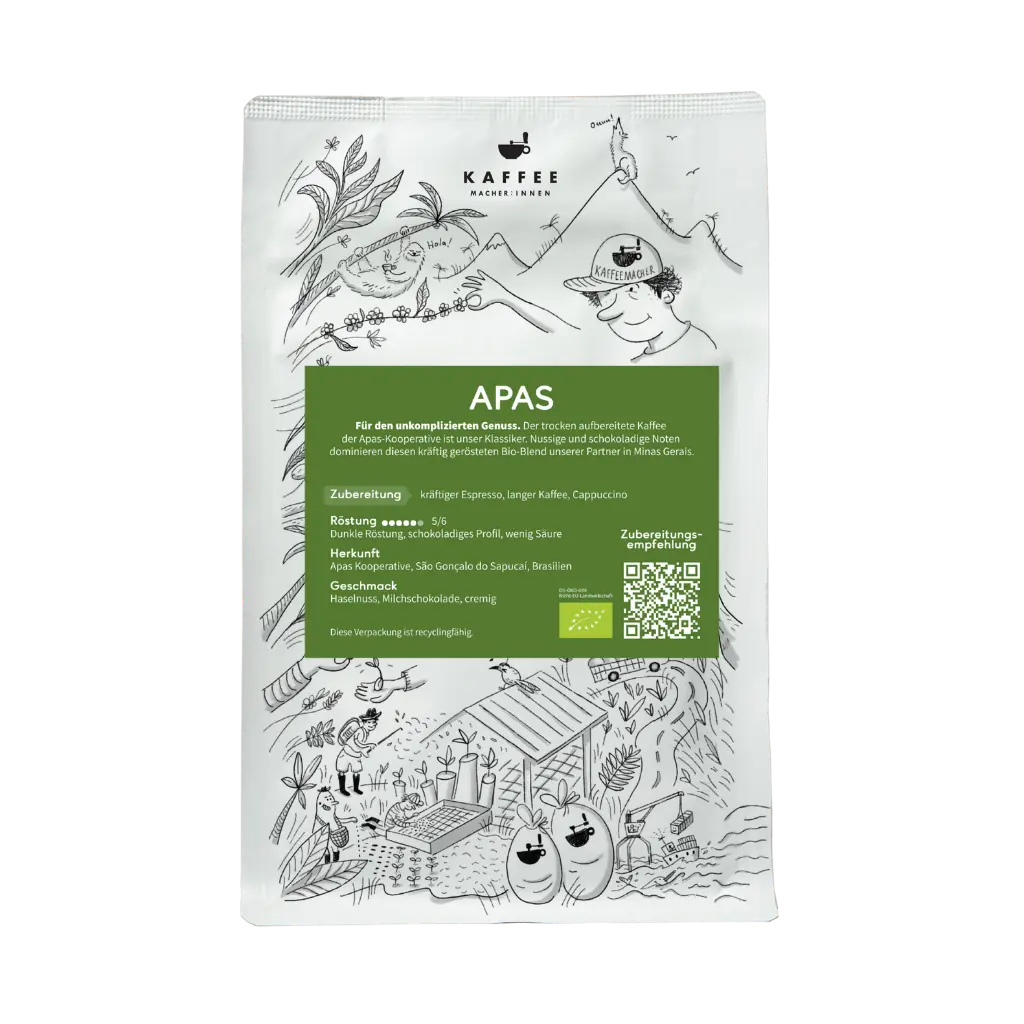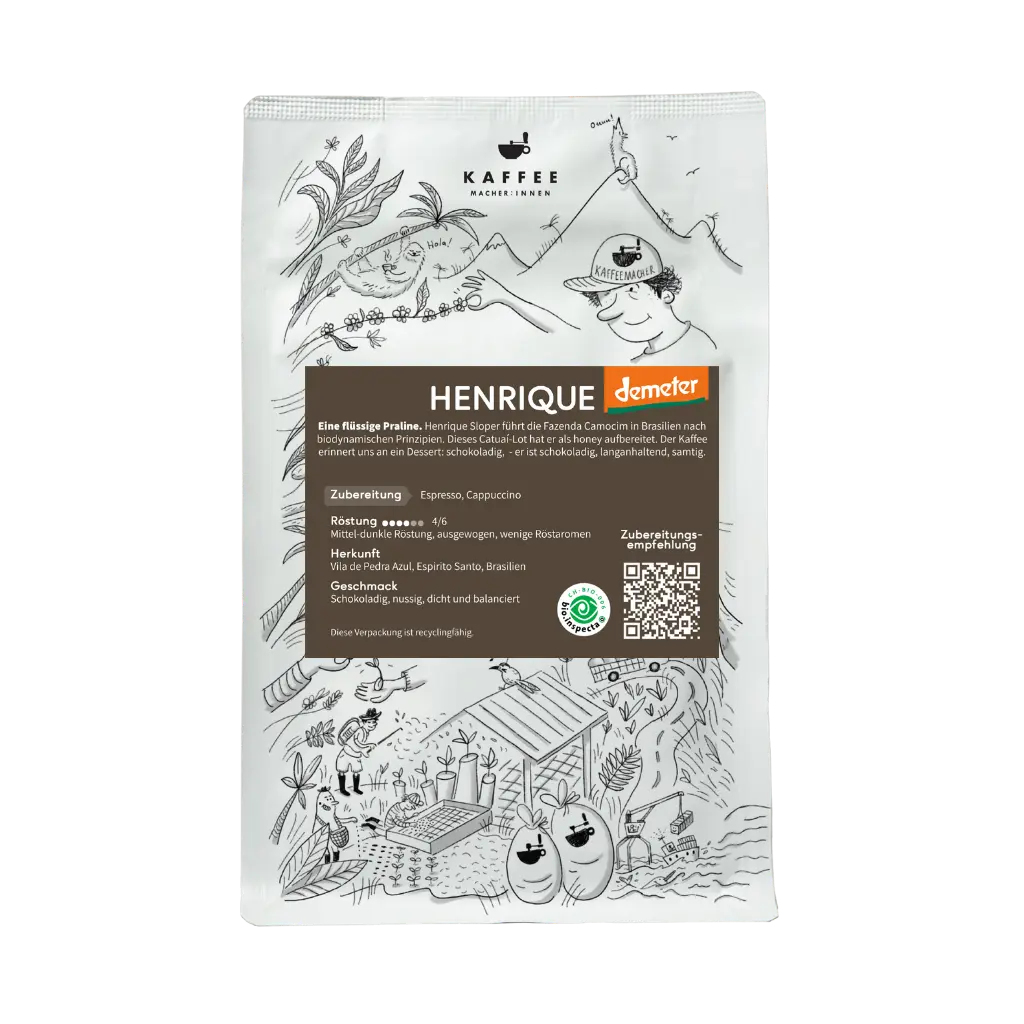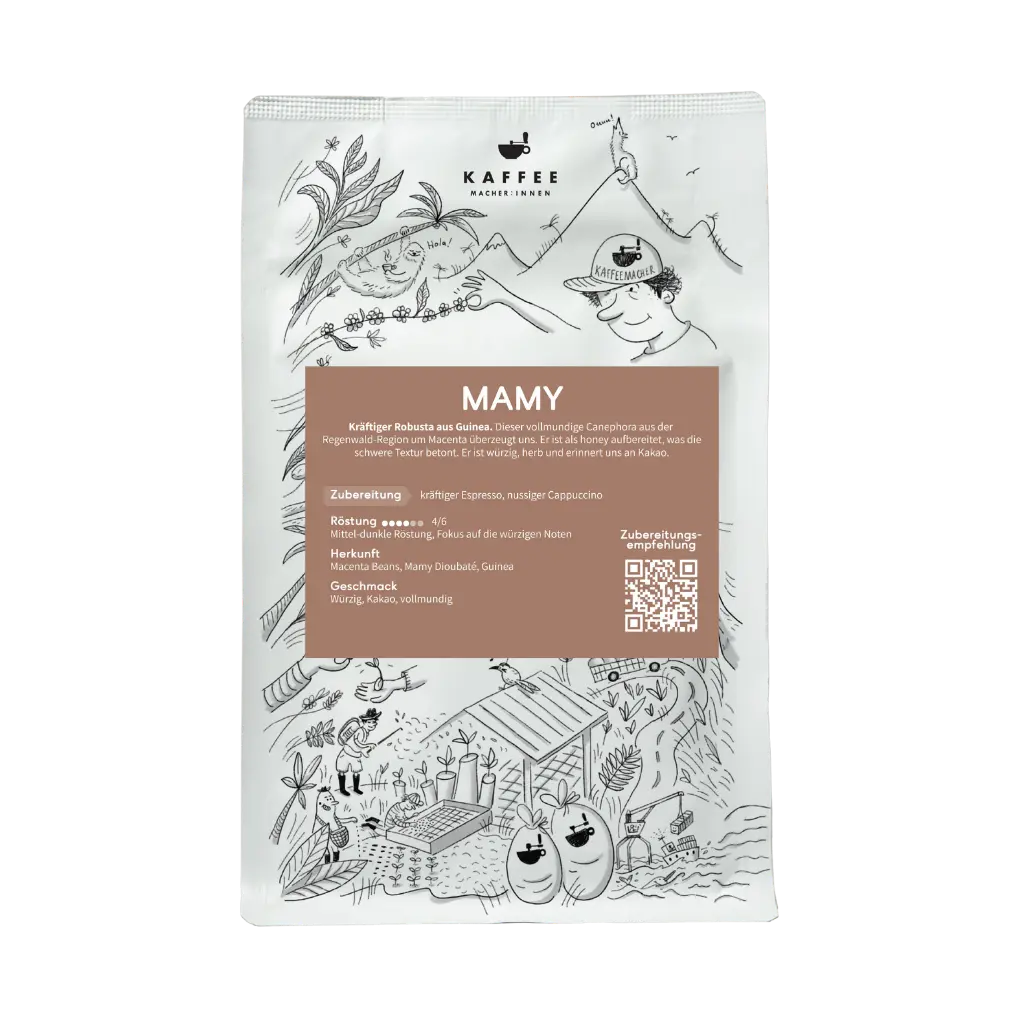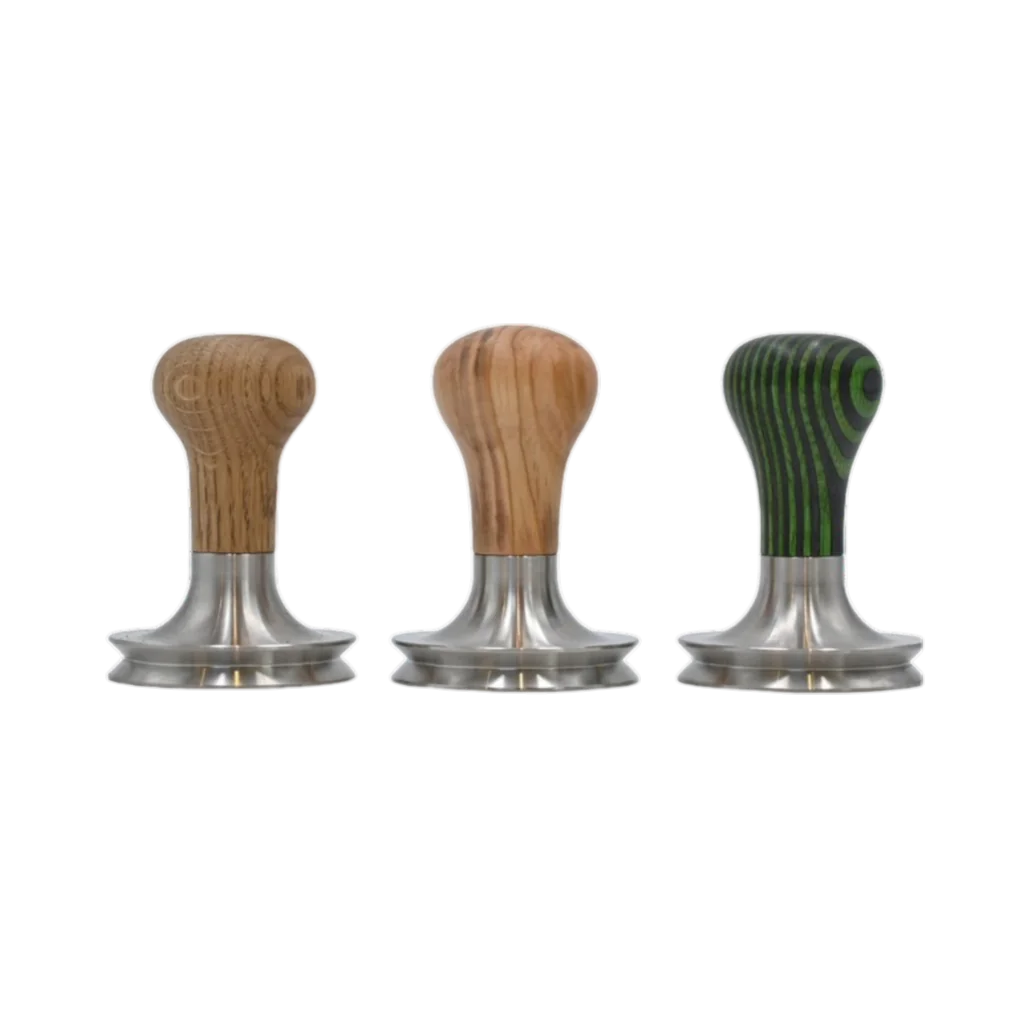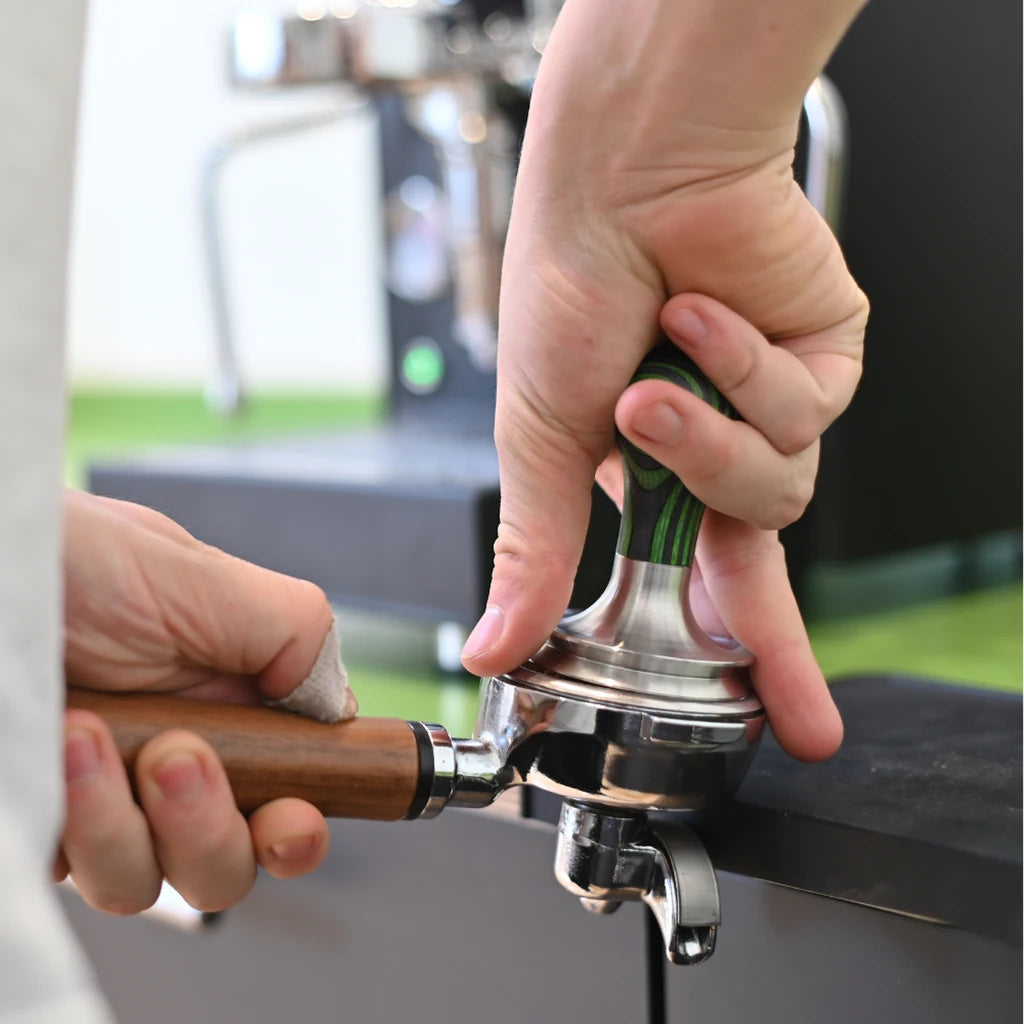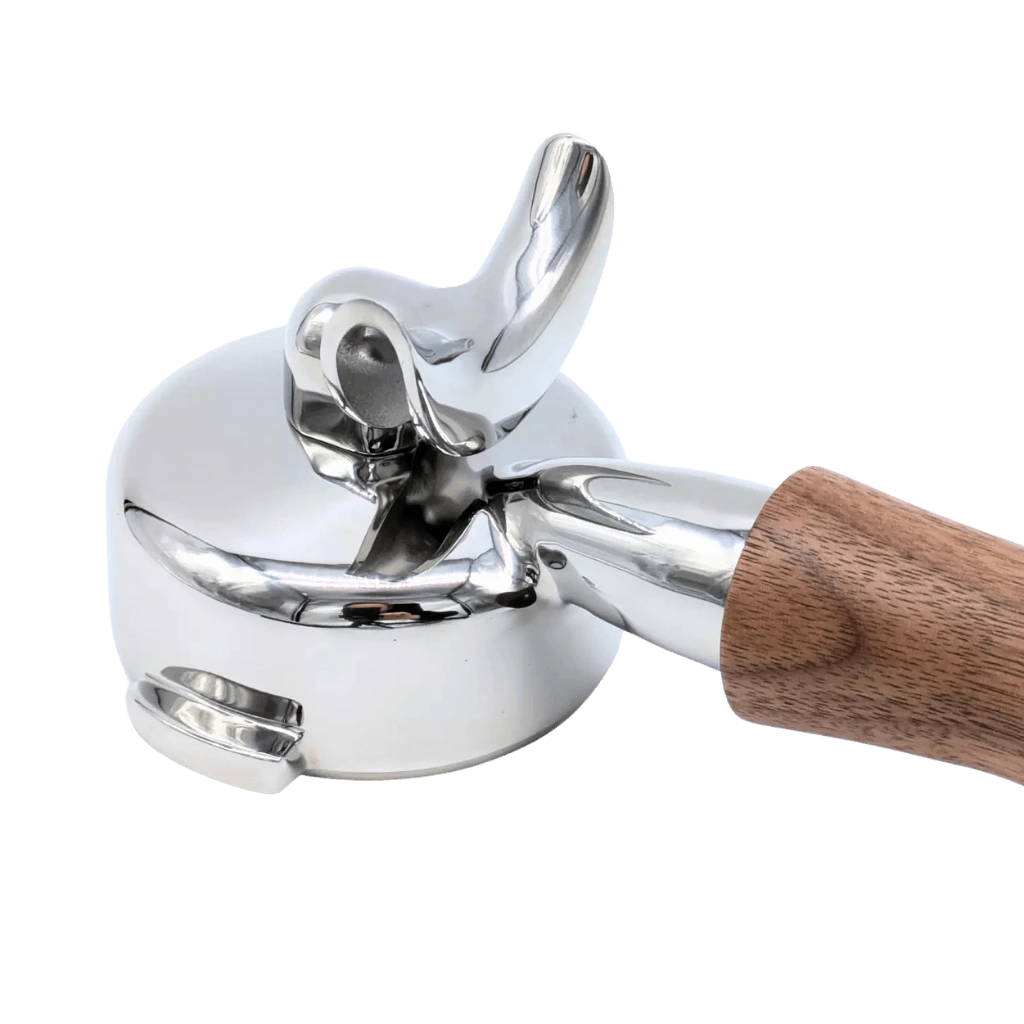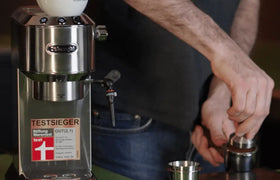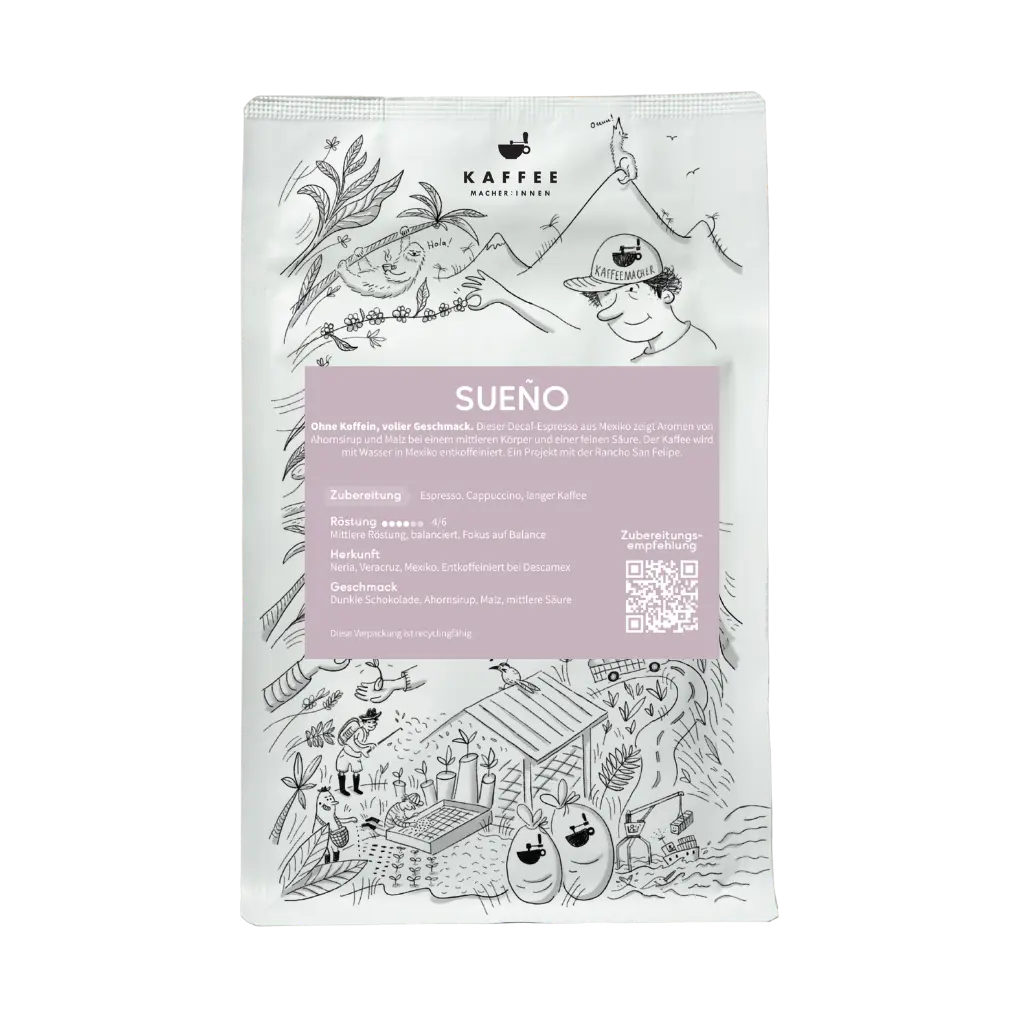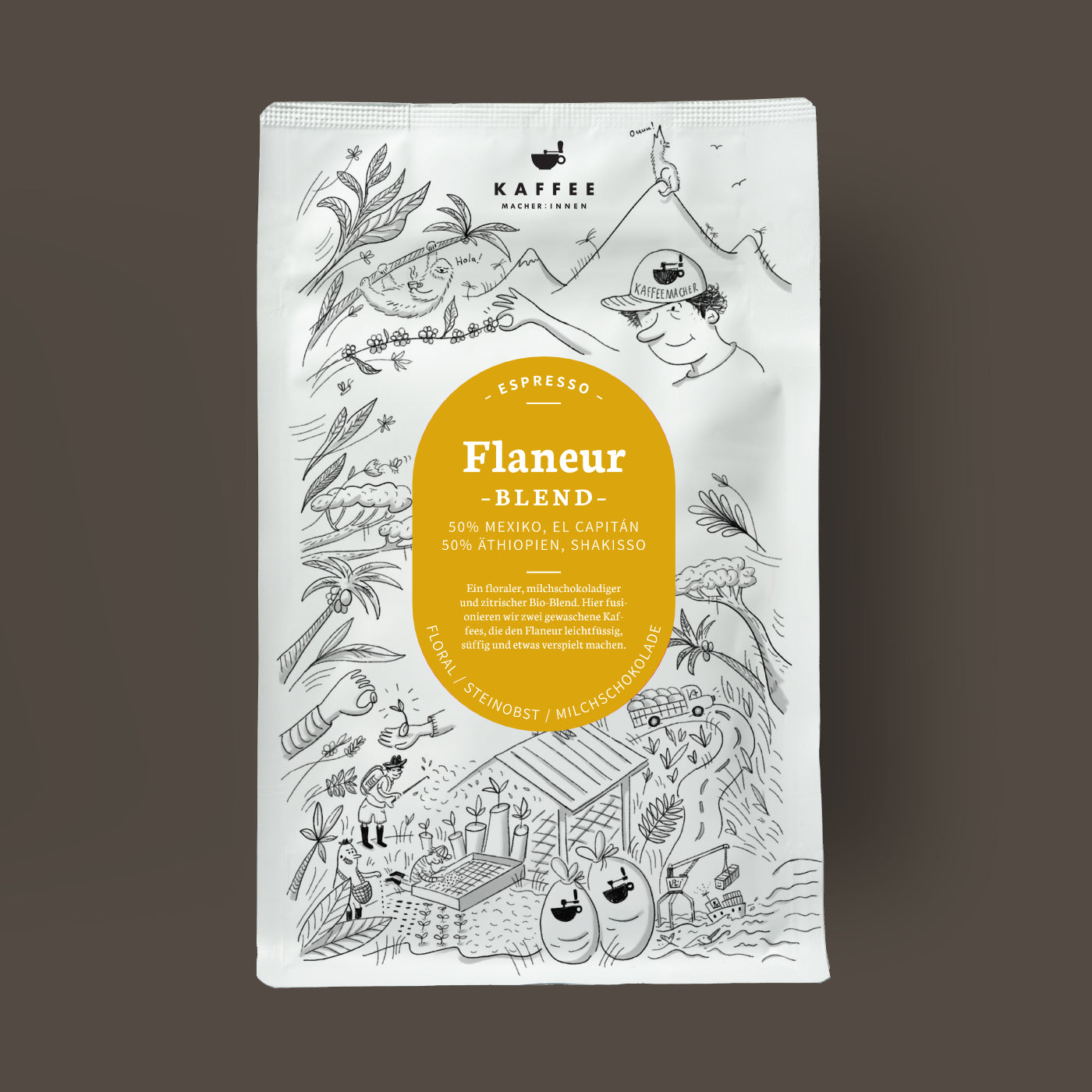
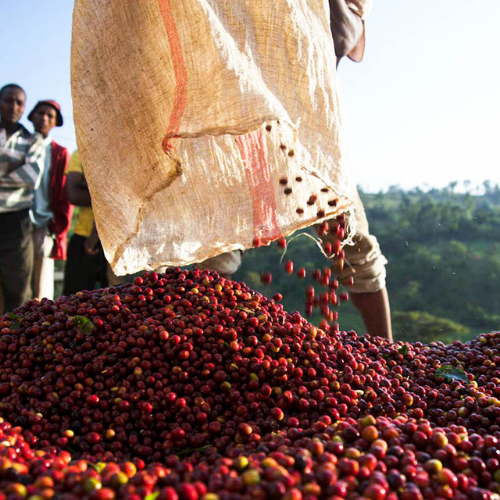
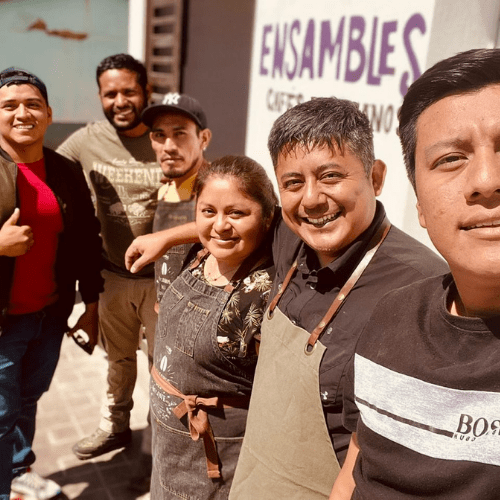
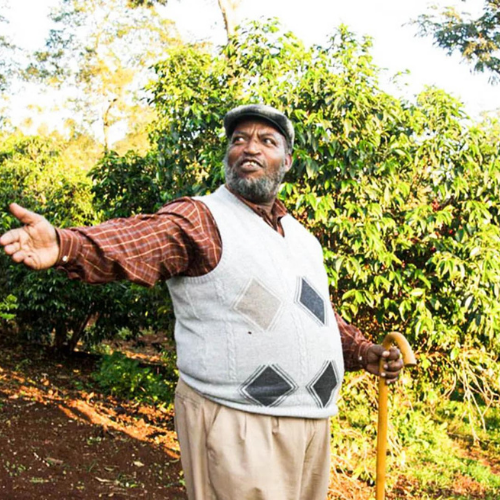
Flaneur, espresso
Flaneur - our espresso blend
This coffee is unfortunately sold out, but we plan to have it back with the next harvest .
The Flaneur is back. A softer, balanced, milk chocolate and floral coffee. Here we fuse two coffees, one from Ethiopia, the other from Mexico. Light-footed and a little playful, the Flaneur.
Flaneur - Coffee Infos
Roasted for: Espresso, Cappuccino, Café Crème, Fully automatic
Preparation: in the portafilter machine, in the fully automatic machine and the mocha pot
Origin: 50% Mexico, 50% Ethiopia.
Producers: Shakisso Washing Station, Coooperative Capitán
Varieties: Local landraces, Bourbon Rojo, Typica, Peñasco. 100% Arabica.
Preparation: washed
All our coffees are sold as whole beans.
This is how we would prepare the flaneur

Tell me more about the Flaneur
The Flaneur brings two of our concerns together. Firstly: the organic production of coffee. It is a challenge to produce in this way, but the producers of the green coffee in this blend manage to do just that. Capitán is a young cooperative in Chiapas, Mexico. Shakisso is a farm in the Guji zone of Ethiopia. Secondly: taste experiences. The Flaneur stands for something light, a little playful, but still complex. We find this tension in the Flaneur. Depending on the preparation method and the drink, either the floral or the sweet raw sugar notes dominate.
Why does coffee taste the way it does?
Developing coffee blends is a process. We have developed this blend over several years and now the taste is where we wanted it to be. First, we define which coffees we are blending and why. The strengths of each coffee should be clearly recognizable. However, the coffees need to have something in common so that we can roast them uniformly. The density, moisture and post-harvest process of the coffee beans are crucial for us and allow us to roast the coffee with more heat in a shorter time. This is how we emphasize the floral notes of the Ethiopian coffee.

How do we roast this coffee?
We roast the coffee as a 20kg batch in a 30kg Giesen roaster. With a total roasting time of 11:20 minutes and a development time of 1:50 minutes (or 16%), we have achieved a light to medium espresso. We roast the coffee in balance between sweetness and acidity. We retain the floral notes of the Ethiopian coffee and strengthen the panela-like notes of the coffee from Mexico by developing the coffee a little longer.

Guaranteed origin
We know exactly where our coffee comes from and when and where it was roasted.
Free shipping in Germany from 75€
Personal advice
We are here to help you with any questions or problems.
Fast shipping
Delivery from Germany or Switzerland



